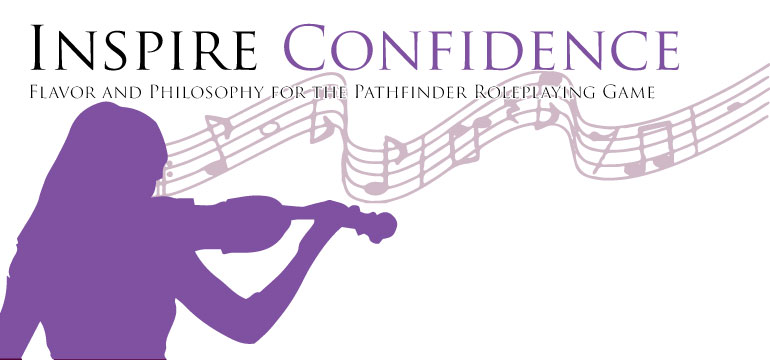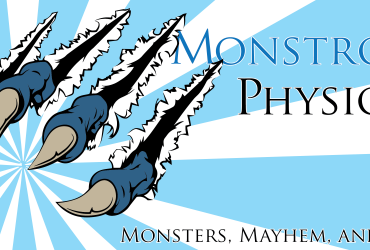Two weeks ago at Know Direction, Facebook Edition we shared a website that talked about X Cards by John Stavropoulos, which leads you directly to a discussion about Veils and Lines developed by Ron Edwards. These are just some of the tools for players and GMs to help build stories together. As the warning above states, there are references to things in this blog that may be triggering and a little salty language, I try to be as brief and unspecific as possible, but you should know about them before going in. Let’s go over the tools briefly.
X CARDS, HOW TO INTRODUCE AND USE THEM
“I’d like your help.”
“Your help to make this game fun for everyone.”
“If anything in the game makes anyone uncomfortable…”
[ draw an X on an index card ]
“…just lift this card up, or simply tap it.”
“You don’t have to explain why.”
“It doesn’t matter why.”
”When we lift or tap this card, we simply edit out anything X-Carded.”
”And if there is ever an issue, anyone can call for a break and we can talk privately.”
“I know it sounds funny but it will help us play amazing games together…”
“…and usually I’m the one who uses the X card to protect myself from all of you!”
X Cards are physical props at the table that a player or GM use whenever they feel that the actions described at a table make them uncomfortable, they are like a flag on a sports play. The X Cards aren’t necessarily intended to start a conversation or stop the action, but rather to draw attention to a situation that a player is uncomfortable with and would like to stop and remove from the story. While the intent is for there to be “no questions asked”, the implication is that it doesn’t start a negotiation. Having a conversation may be necessary and is at the discretion of the person who used the card or the GM if it is unclear why the X-Card was used.
VEILS AND LINES
This is more of a philosophy of gaming style that is defined by hard “lines”, such as personal violence, you do not wish to cross or see in your game and situations or things that you are willing to accept, which could also be personal violence or in the case of our table – sexual encounters, in your game but under the “veil” of the fade to black.
These parameters can be established through a one on one conversation or through the use of written character/player surveys. These surveys can include questions such as:
- What is your character’s greatest fear? (This may lead to a Lines or Veils conversation)
- Where does your character feel the strongest? (Gives insight to safe places)
- Who does your character worry most about? (Another potential conversation)
- What, if anything, would you not want to see happen in this game? Such as personal violence, torture, sexual encounters, spiders, etc? (These are Lines)
- What, if anything, are you alright with occurring off screen in this game? Such as personal violence, torture, sexual encounters, spiders, etc? (These are Veils)
- Are there any triggers you have that I should avoid? (These are Lines)
WHY USE STORYTELLING TOOLS?
As a GM it falls to you to keep the table environment safe and welcoming for everyone sitting at it and ensure that the game does not go off the rails, using interactive player tools help do that. Now, safe can mean a lot of things – players should have a sense of comfort and ease at the table and that they will not be confronted with objectionable to them material (like rape, assault, torture, or other triggering events). But it can also mean that the game itself keeps to the original goals of the party, like staying on target for the AP, not getting too silly (we are so bad about this at our table), or actually sitting down and playing rather than pulling out the devices to check Facebook or see what the score is for the big sporting game. These could all be legitimate reasons to use an X-Card – one of John Stavropoulos’ own examples was goofy elves introduced into a dark and serious setting, which would break the tension and mood.
These tools are great for convention, one off events, or in any situation with players you are unfamiliar with, but can be used in any game setting. It’s no secret that the bulk of my own”storytelling” experience actually comes from cooperative storytelling in a LARP setting. While I never called it “Lines and Veils” it is something that I used a lot, especially as new to me players came into my sphere of roleplaying. If you’ve never LARP’ed, we use hand signals to indicate out of character conversations for in personal player interactions and tag text when communicating online for clarity. When I knew I was going into a difficult scene, I would often speak with the player(s) out of character first to see where their Lines were. Oftentimes I used fade to black as we neared areas that skirted troubled areas. My experience taught me that sometimes Lines move and sometimes they don’t, based on trust and respect of set limits, but only when mutually agreed upon.
Using tools like this help prevent unexpected and unwanted reactions in a public place that makes a player feel unsafe and afraid. Once, many many years ago, we used to game with my brother and a couple of new friends. My brother and I have a volatile relationship (like so many siblings) and we can definitely take things to a personal place right quick. One of our friends was unfamiliar with our relationship and we fought. This familial verbal fight triggered one of our friends and they fled my home. Since that time, I try to tone down my own strong reactions with everyone, it keeps me calmer and prevents me from looking like a raging lunatic while triggering strangers in my immediate vicinity.
There are always going to be people who don’t get it, who think triggers, PTSD, or personal boundaries are fake, silly, or dismissible. If you believe such things, please stop and reconsider the people that you game with and their emotional well being. If you have been fortunate to have made it to adulthood without deep emotional scars, fears, or debilitating anxiety or phobias, consider yourself incredibly fortunate. I put a trigger warning at the beginning of this blog and I am going to pause again and say, I am going to list possible triggers for those who have never considered anything beyond the fear of heights, spiders, or the dark. I have included my favorite BS meme if you don’t want to see the list, keep your eyes right and scroll through.
- profanity

- fighting
- bodily harm – self inflicted or external
- child abuse/assault
- rape
- hate crimes
- slavery
- dogs
- needles
- shaming/belittlement
- being lost
- dysphoria of several origins
- hospitals or institutions
- gelatinous forms
This list is hardly exhaustive and I included the last one because I had a friend in high school who simply could not tolerate gelatin/Jell-o, she couldn’t say why it bothered her so much, but picnics and the cafeteria really stressed her out if Jell-0 was on the menu. The point of the list was to make sure that we are all on the same page – which is anything can cause unwanted reactions and we may not even be aware of them until we’re in the moment. Prior to being a parent and nurse, I was much more tolerant of crime centered dramatic television, now I cannot watch L&O: SVU, which was a personal favorite and I watched all of 3 episodes of Dexter before turning it off forever.
NEVER MAKE ASSUMPTIONS
I learned the importance of using these tools, because I got burned more than once. In a LARP setting, it is easy to mistake a character’s feeling for a player’s feelings. Some characters are intentionally wounded at creation or through game play and some players come to game with scars that you cannot see. It was never my intention to hurt another player through character interactions, sadly it happens. Players get into a scene and it flows, everyone adding to the scene and taking the story places that no one player could fully predict on their own. This is where tools, signals, and trust are imperative for good storytelling.
We had a player who simply could not tolerate the thought of spiders, when they went to see Lord of the Rings, they had their partner let them know when the Shelob scenes were over. We always checked ourselves at the table, using wall climb instead of spider climb for any spell name use and only ever faced non-arachnid swarms. I don’t know why spiders bothered them so much, but it didn’t matter, it was a trigger, it was a Line, we didn’t cross it.
NEVER VIOLATE THE TRUST
While a tabletop setting and a LARP setting are not quite the same, they are both role playing experiences, PC on PC action can really make a game amazing or incredibly tense. Without checking on the player, you run the risk of leaving the players or GM at your game with the wrong impression about what happened at the table. We have had actually throw downs between PCs in our Pathfinder games, but at the end of the night, we remain friends. We talk to one another as friends and people, we have developed a sense of where everyone’s lines are over time and built trust, you may not always have that luxury.
The fastest way to lose your table, whether as a player or a GM, is to violate the trust of your fellow gamers. When a player draws a line, flags a scene/comment, requests a consideration of respect for themselves as a person, the only responsible and appropriate option is to honor that person and their request, treat both with respect and pull back from a troublesome situation.










